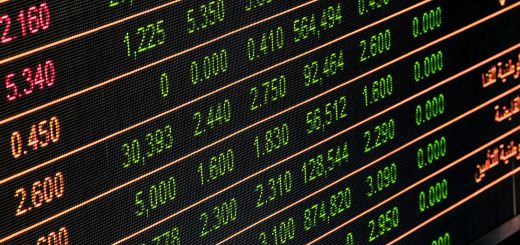KiwiSaver Fees – Out of Sight, Out of Mind?
Ever wondered what your KiwiSaver fund costs you? If you answered, a ‘small fortune’, that would be about right. But of course, ‘small’ and ‘fortune’ are both relative terms, depending on whom it relates to. For a 30 year old, the correct answer could be anywhere between $23,000 and $185,000 by the time they retire!
There are over 200 KiwiSaver funds you can invest in. They all come with different price tags. Typically, fees are quoted as a percentage of your account balance.
How are fees charged?
If you are in a fund that charges 1% in fees, and you have a KiwiSaver account balance of $15,000, you will pay away $150 this year.
Next year, the fund may continue to charge you the 1% in fees, but you will pay more than $150, because during the year the balance in your account would have gone up for a number of reasons:
- Contributions you make
- Contributions your employer makes
- Contributions from the Government in the form of member tax credits
- Your fund (hopefully!) earns positive returns, which would increase your balance even further.
On that basis, say your balance goes up to $20,000 next year. The 1% fees on this amount, now translates to $200 for you to pay in the second year.
What it means for you
Take the example of a 30-year old with a balance of $15,000 today, earning an annual salary of $70,000, contributing the minimum 3% with a matching contribution from the employer and invested in a fund earning on average 6% p.a. Assume, till they retire in 35 years time, all of the above remain constant.
Based on the fees KiwiSaver funds charge today, across the close to 250 KiwiSaver funds, our 30-year old would be paying away, approximately:
- $185,000 in fees if they remain in one of the most expensive funds,
- $81,000 in some funds that charges the average fee and,
- $23,000 in the some of the cheapest funds available today
What would this look like if their fund earns on average 8% p.a. They will end up paying $265,000 in the most expensive fund, $115,000 in the average priced fund and $32,000 for the cheapest fund.
Note, no performance fees, exit fees or entry fees have been included here, whereas some funds may charge any or all of these non-standard fees.
So, the next time you ponder over your council rates, your power bill or your grocery bills going up, you will be forgiven to include your KiwiSaver fund fees in the mix!
There’s a whole lot that $250,000 can buy you. But then of course a ‘whole lot’ is relative as well, depending on your tastes.
Things to note
Never make decisions on which KiwiSaver fund to invest in based solely on how expensive or cheap it is. For instance, cheaper funds tend to invest in very conservative assets such as cash and bonds which typically have lower returns, while the more expensive funds invest in a broad range of assets that take up more resources to manage and has the potential to earn more as well.
Having said that, the fees you pay is the single most significant ‘known’ factor to impact your returns. But, cheaper funds can’t guarantee better returns, nor can more expensive funds guarantee higher returns.
Remember, even within the same category of funds, there is a wide range of fees being charged across similarly invested funds. So would it be wise to simply choose the cheapest fund in a category? Remember, if you ask for ‘cheap’ you might end up getting ‘cheap’. The point is to focus not on how much you pay, but what you get for what you pay.
So, how much is your KiwiSaver fund costing you? Find out on our simple tool to compare KiwiSaver funds.
Happy investing,
The PocketWise Team



